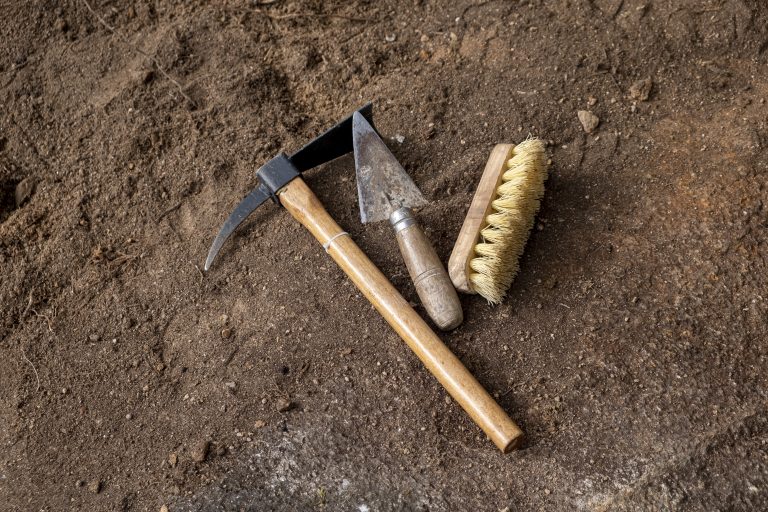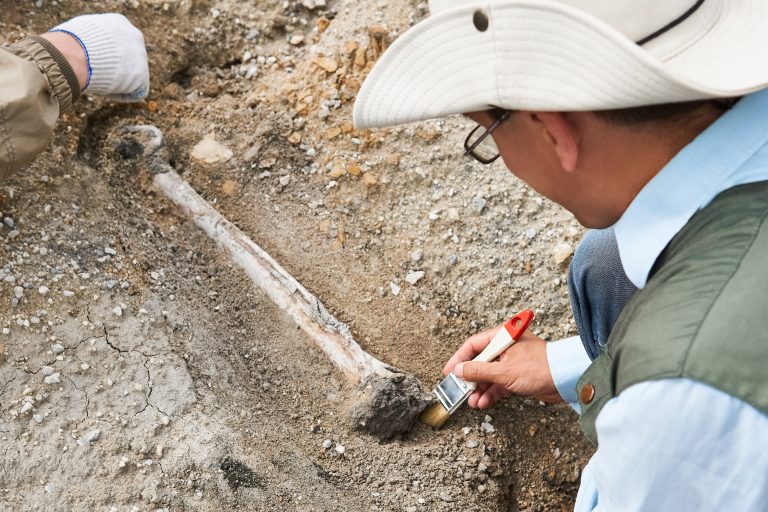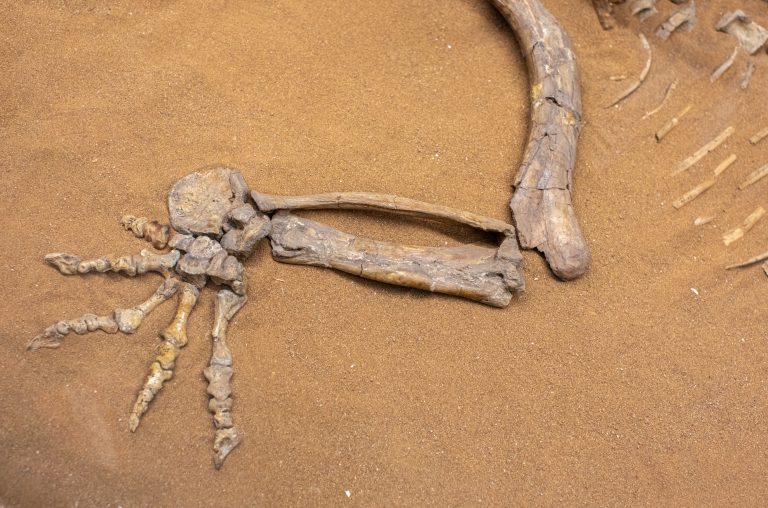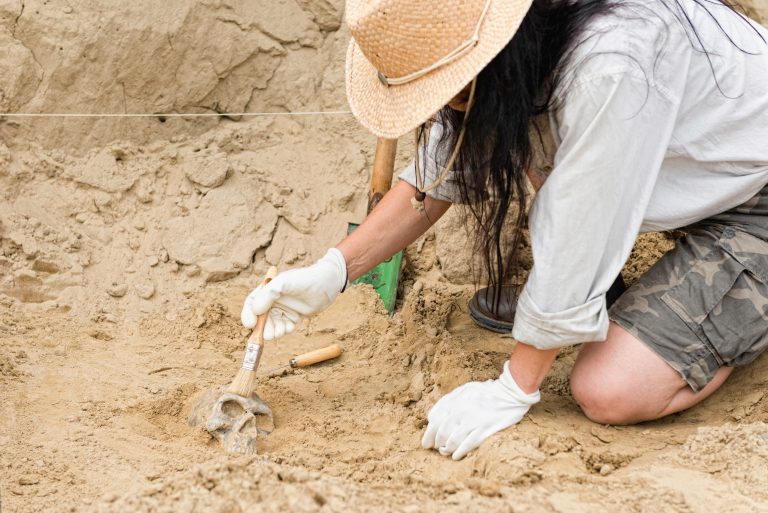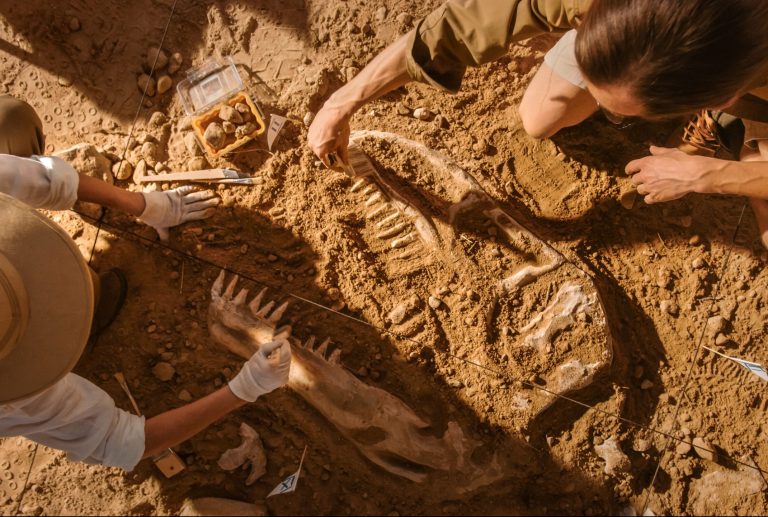10 Essential Tips for Renting Gear on Dinosaur Tours
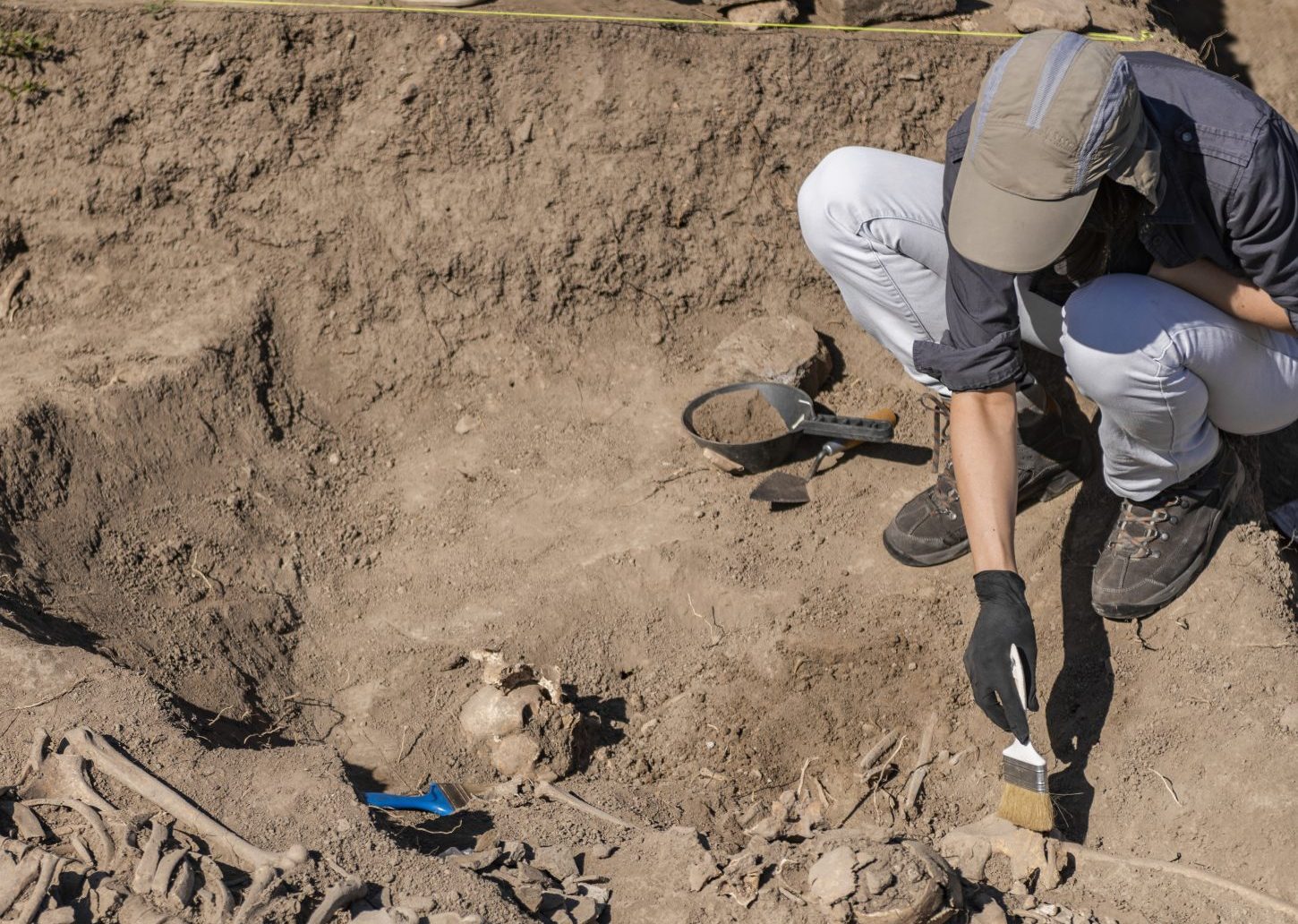
Embarking on a dinosaur tour is like stepping onto the set of “Jurassic Park”—thrilling and a tad nerve-wracking. To ensure you’re well-equipped for this prehistoric adventure, keep these essential gear rental tips in your explorer’s backpack.
1. Know Your Needs
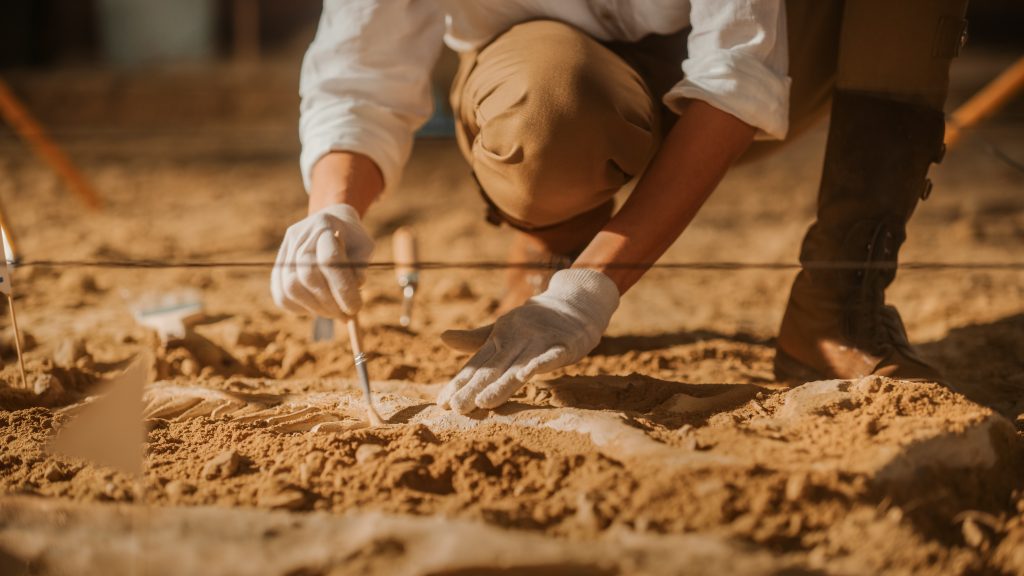
Before you can tame a T-Rex (figuratively, of course), you’ve got to know your gear like the back of your hand. Are you going to be hiking through dense vegetation or standing in a climate-controlled viewing platform? Tailor your gear list to your specific activities—think sturdy boots for rough terrain and binoculars for those wide-open plains.
Don’t get caught in a downpour without a waterproof jacket, and remember, those photo-ops won’t capture themselves, so a camera with a good zoom is a must. I once forgot my sun hat on a dig in the Badlands, trust me, you don’t want to make that mistake!
2. Research Rental Companies
Now, not all gear rental companies are created equal, and some are as extinct as the creatures you’re eager to learn about. Look for companies with solid reputations and a history of serving dinosaur tourists. This isn’t the time to skimp or go with an unknown entity.
Hey hey! Don’t forget to subscribe to get our best content 🙂
A good rental company should offer a range of options, from basic kits to professional-level equipment. I’ve learned from experience that a knowledgeable staff can be the difference between a fantastic expedition and a fossil-sized flop.
3. Compare Gear Quality
This is where your inner paleontologist must channel a bit of Sherlock Holmes. Examine the gear carefully—does it look well-maintained? Is it up-to-date or a relic from a bygone era? High-quality gear can make or break your tour experience. It’s not just about comfort; it’s about safety too.
When I rented a subpar pair of binoculars, I missed spotting a rare feathered dinosaur in the distance. Lesson learned—always check for clarity and ease of use.
4. Check Rental Terms
Before signing on the dotted line, read the fine print. What’s the policy on gear damage or late returns? Are there any restrictions on where you can take the equipment? Understand the nitty-gritty, so you aren’t hit with surprise fees later.
Some companies may offer unlimited exchanges, while others stick you with what you’ve got. Remember the time I had to lug around a malfunctioning GPS for an entire day? Not fun. So, make sure you’re clear on the terms.
5. Plan for Safety Gear
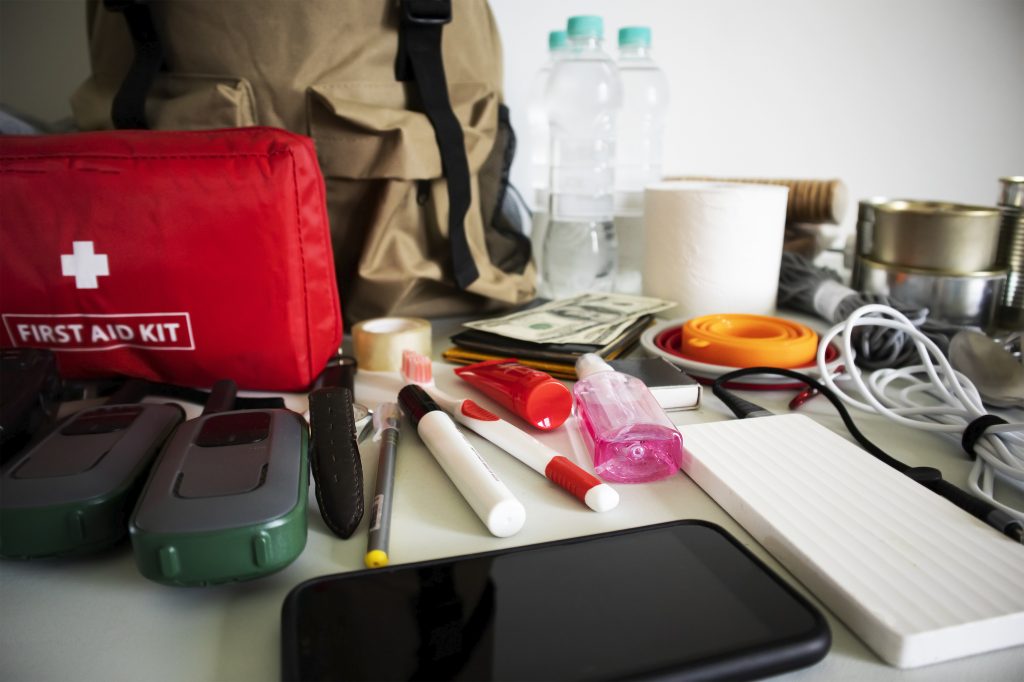
Don’t play fast and loose with safety—dino tours aren’t all fun and games (though they are mostly fun). Ensure you have access to first-aid kits, communication devices, and navigation tools.
Some tours venture into remote areas where cell service is as ancient as the fossils, so a satellite phone might be your lifeline. If you’re visiting an area with drastic weather changes, make sure your rental package includes gear that can handle the elements.
6. Understand Pricing Models
When it comes to pricing, you’ll find as much variety as in a dino’s diet. Some companies charge by the day, others by the piece of equipment, and some offer package deals. Consider the length of your tour and what makes the most sense financially.
It’s often cheaper to rent for a week rather than daily. And watch out for hidden costs like deposits or cleaning fees. You don’t want to spend more on rentals than you did on your flight to get there!
7. Read Customer Reviews

Customer reviews are the fossil record of the rental world—they tell the story of what’s come before. Look for consistent praise or red flags in the feedback. If multiple adventurers gripe about shoddy binoculars or poor service, take heed.
On the flip side, if there’s enthusiastic chatter about helpful staff and top-notch gear, you’re probably onto a winner. I always say, if it’s good enough for a fellow dino enthusiast, it’s good enough for me.
8. Consider Insurance Options
Accidents happen, even to the most careful time-traveling tourists. Many rental companies offer insurance for an additional fee, covering you in case of damage or theft. Weigh the cost against the peace of mind it brings, especially if you’re handling expensive equipment. I’ve seen a camera lens meet its demise on a rocky outcrop, and let me tell you, insurance was the hero of that prehistoric tale.
9. Ask About Support Services
Good support services can be as crucial as a trusty velociraptor claw. What happens if your gear fails in the field? Check if the rental company provides on-tour support or replacements. Some might even have staff on hand at your destination for quick fixes.
On a tour in Patagonia, my friend’s backpack strap snapped, and thanks to the on-site support, they had a new one in no time—now that’s service!
10. Book in Advance
Lastly, don’t wait until the last minute. Popular tours can have gear shortages, especially during peak seasons. By booking early, you ensure you get the best selection and avoid the stress of scrambling for leftovers.
Plus, some companies offer early-bird discounts, so you might save a few bucks. I once delayed booking and ended up with a tent that leaked like a sieve—not my idea of a good night’s sleep.
Whether you’re a seasoned fossil hunter or a first-time dino tour traveler, the right gear can make your journey through the land before time a roaring success. Follow these tips, and you’ll be ready to embark on an epic adventure with the confidence of a Tyrannosaurus Rex!

